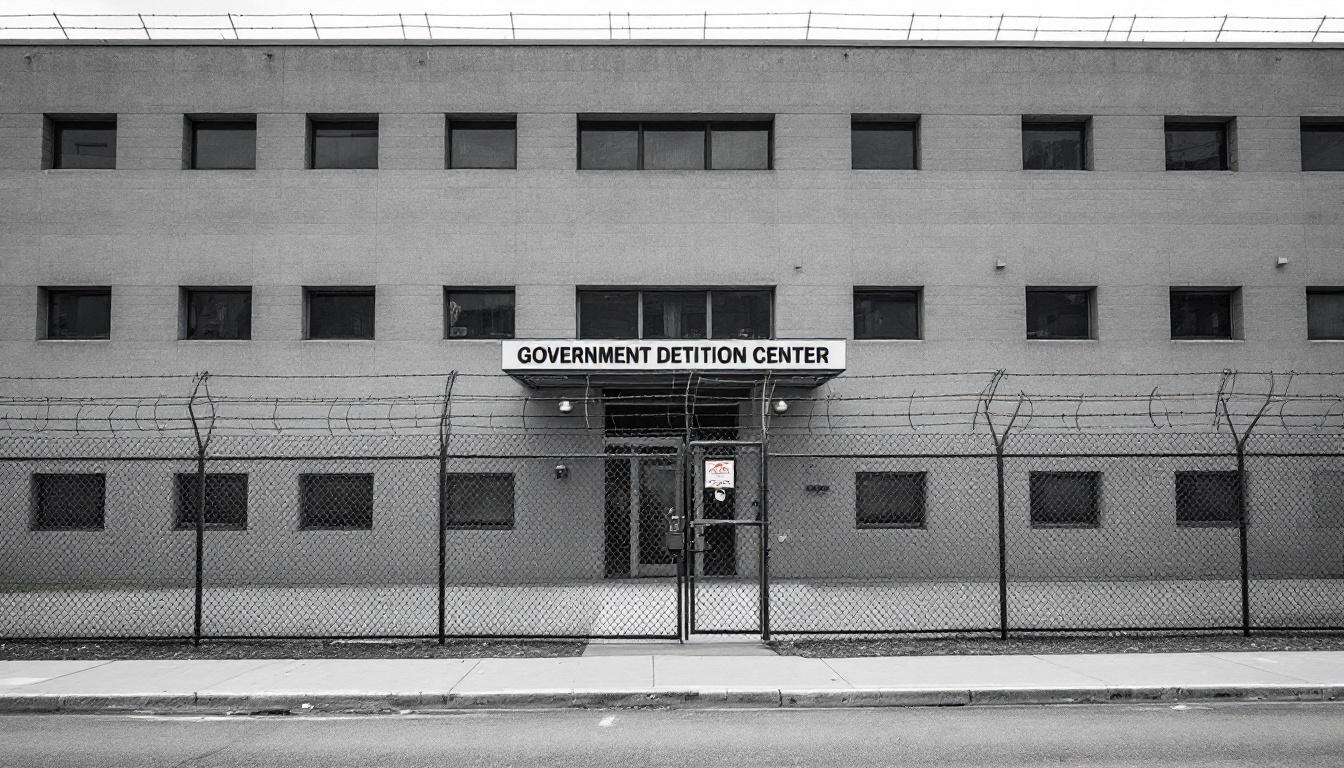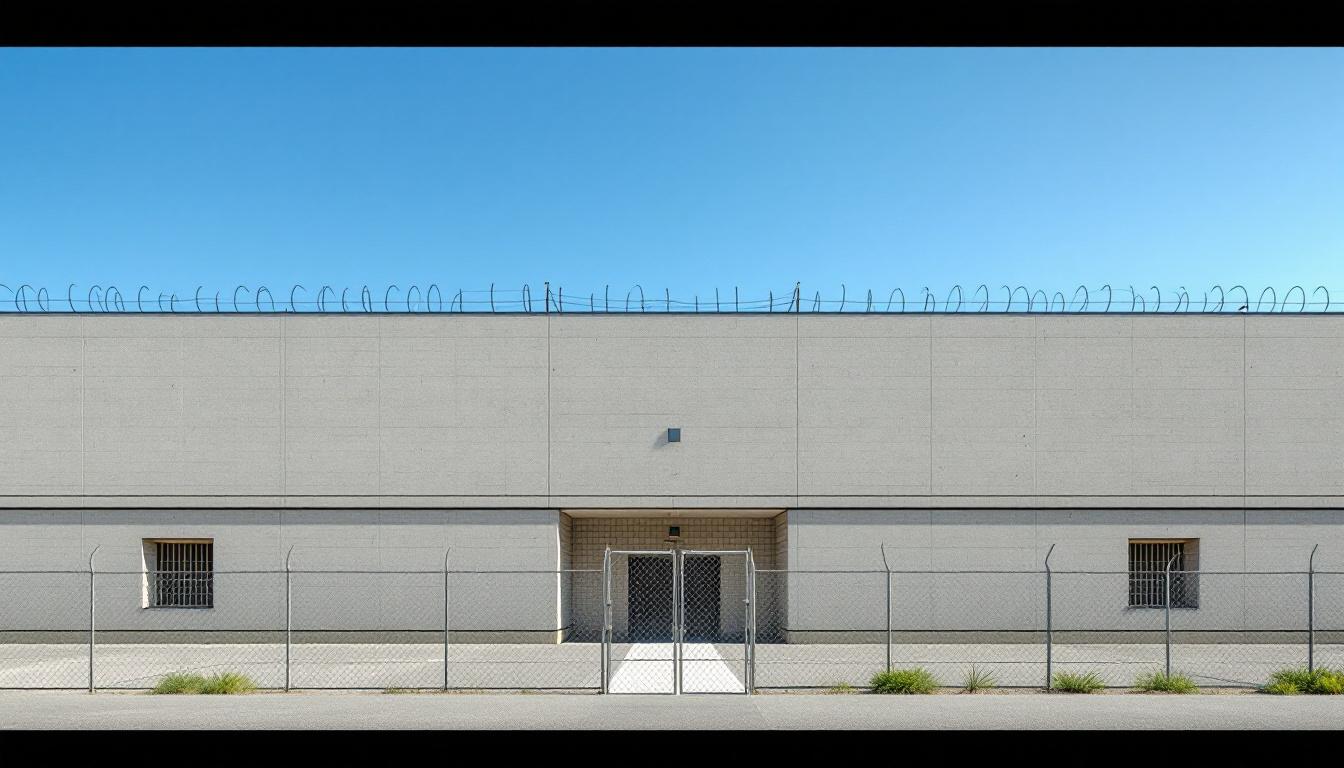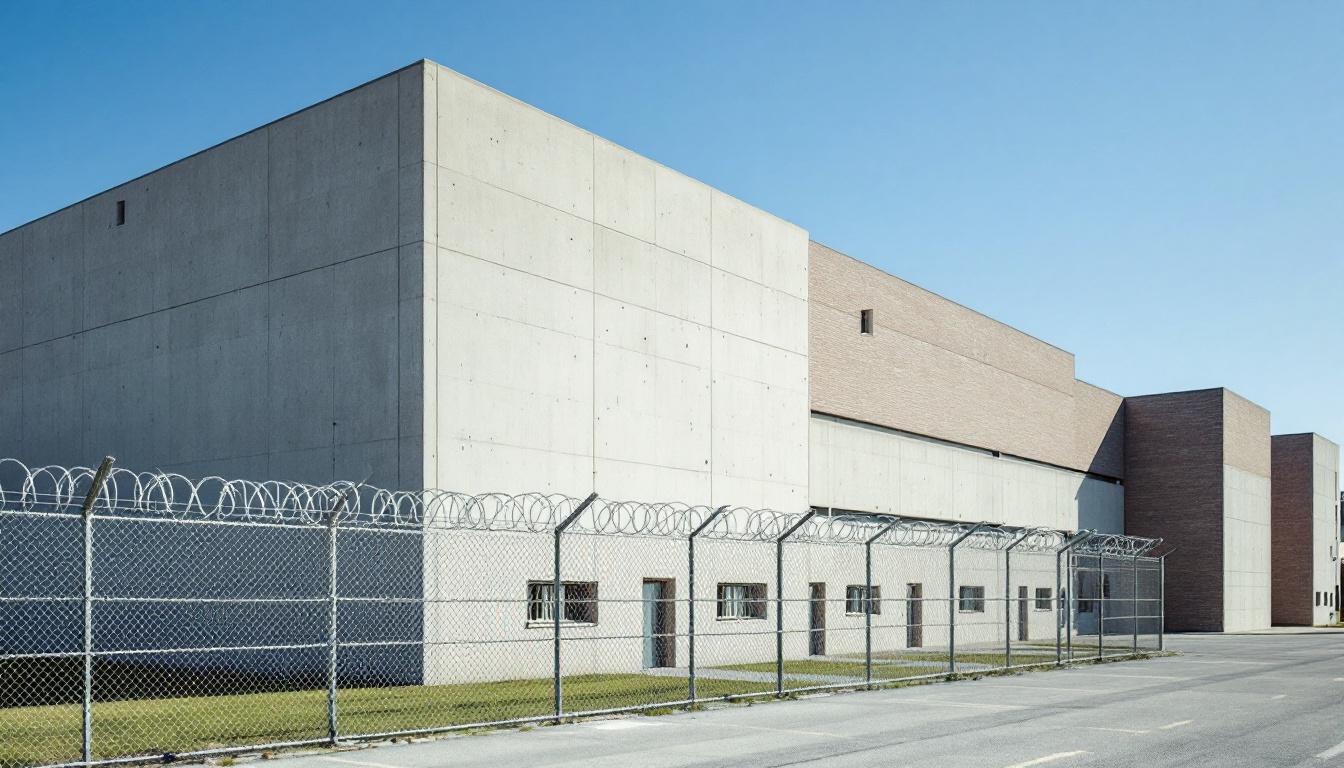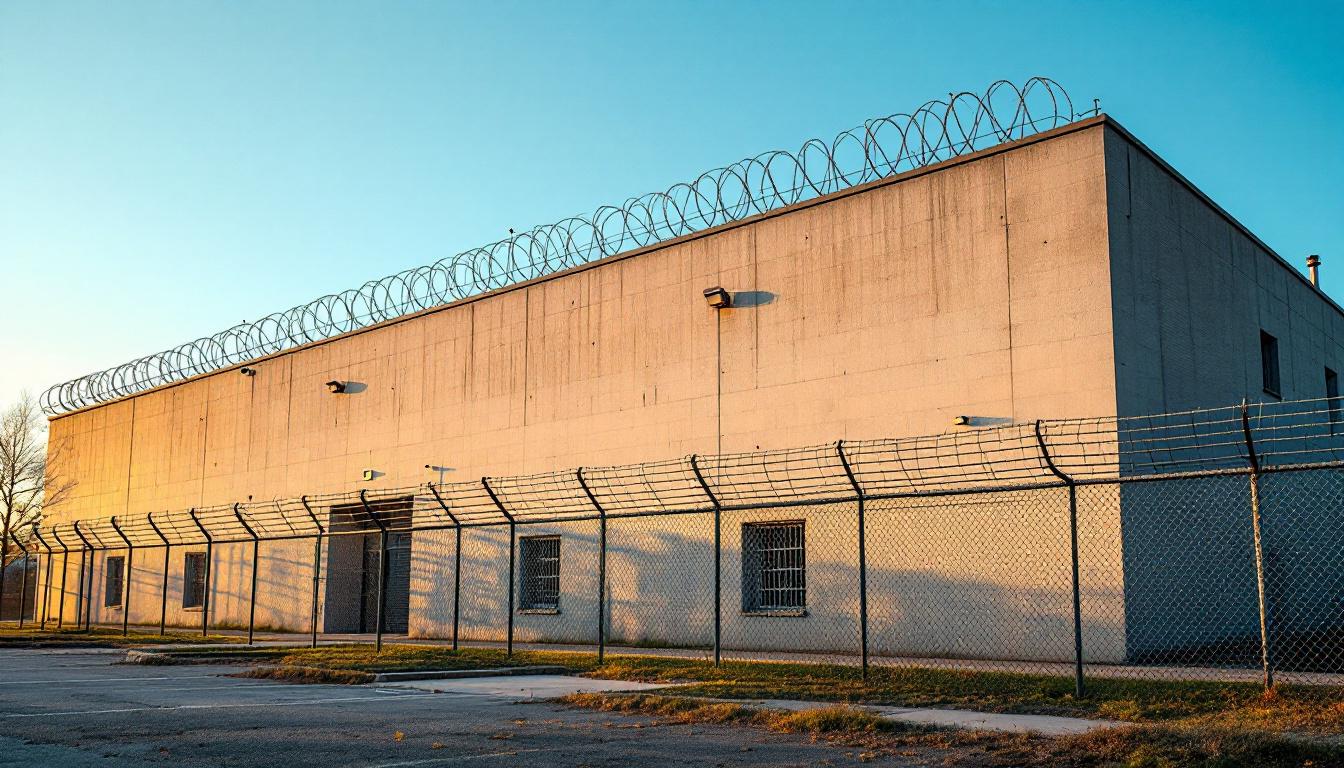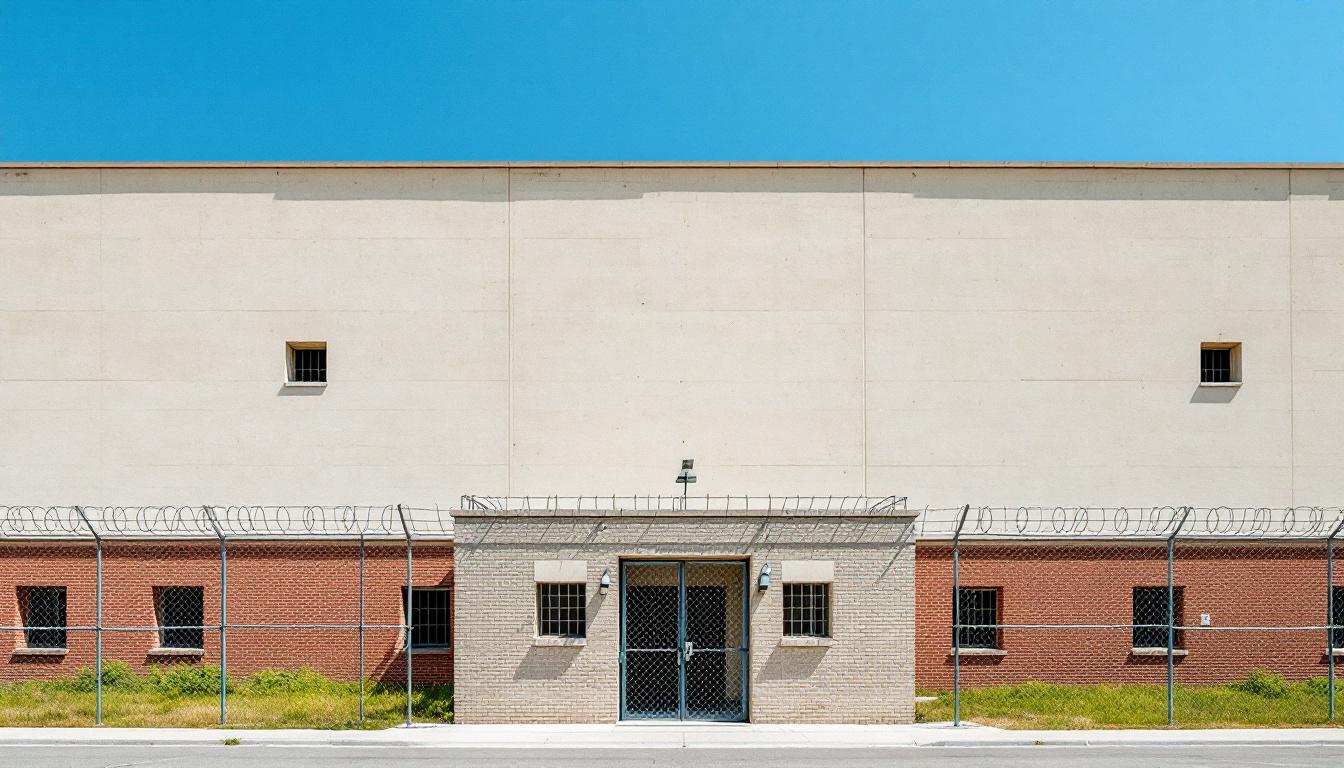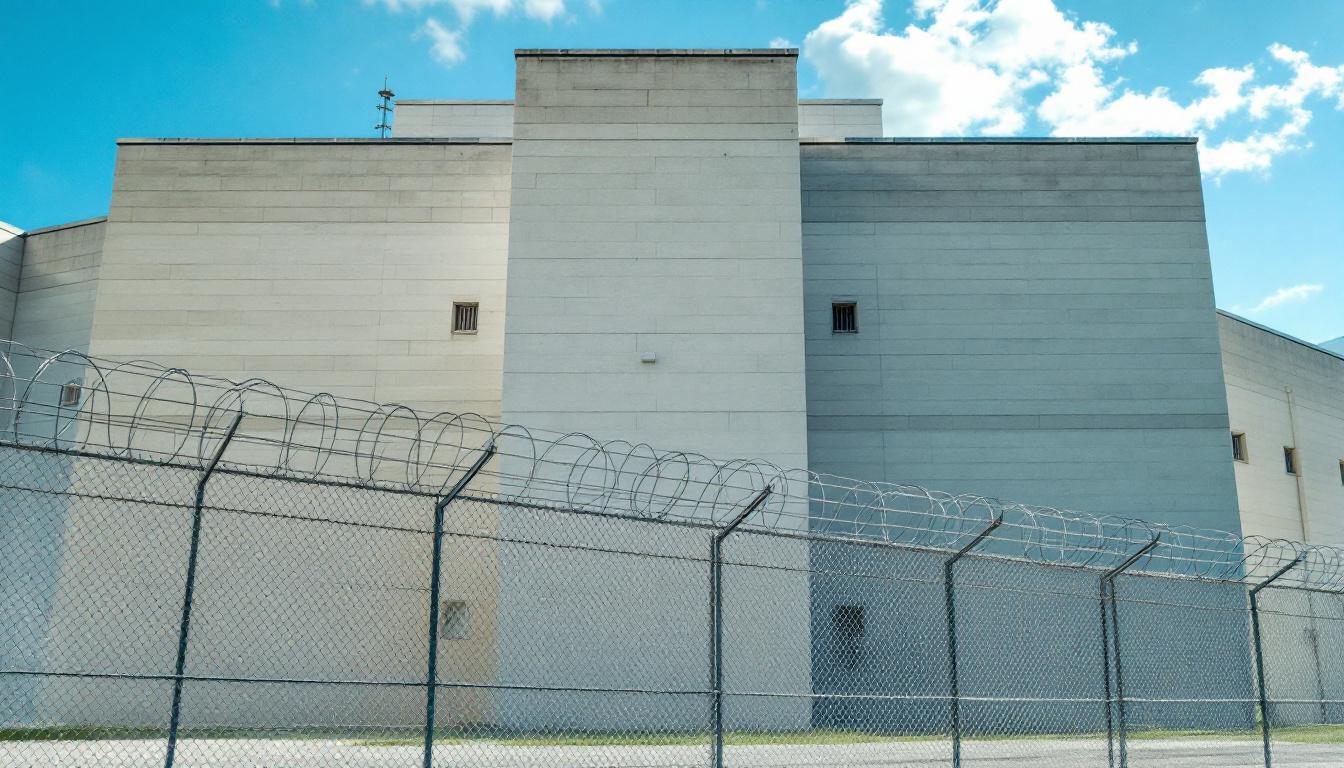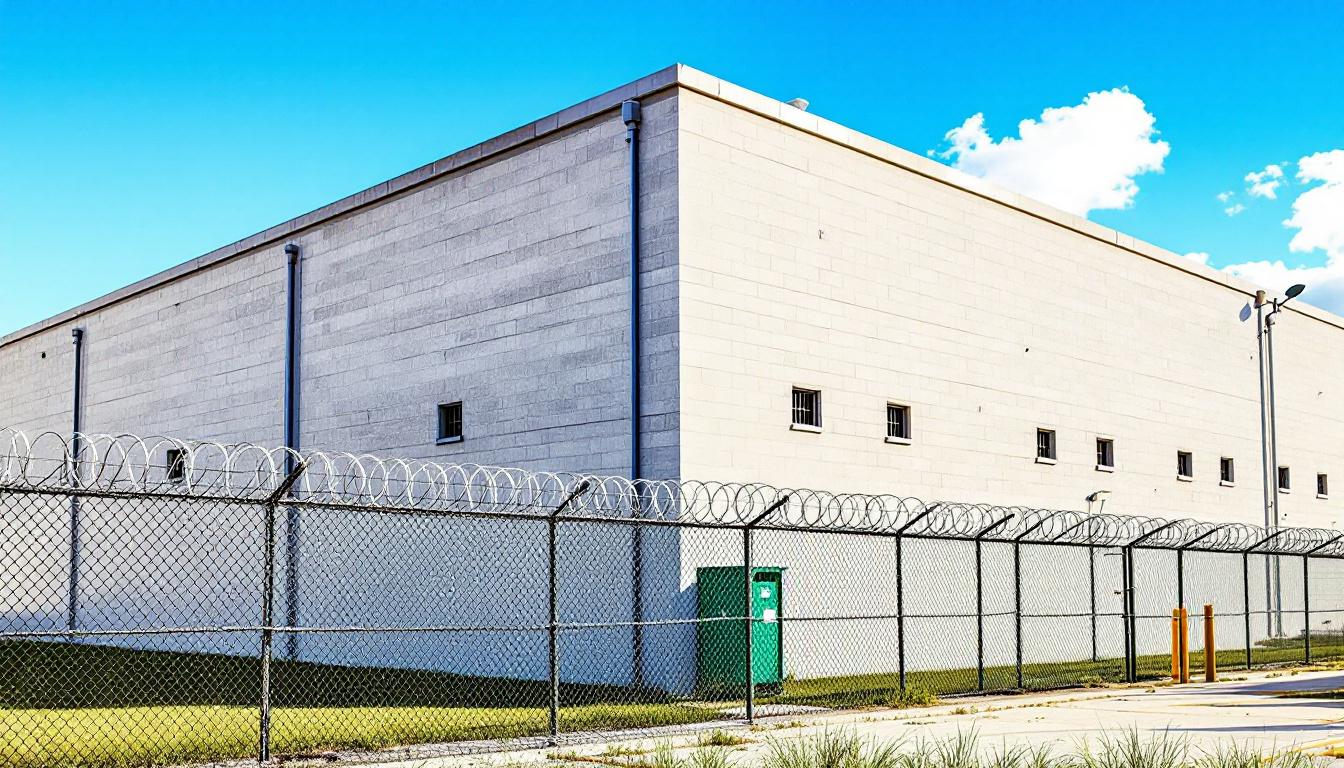
Quick Navigation
How to contact an inmate at Sheriff Department
This comprehensive guide will walk you through how to connect with an inmate at Sheriff Department. Follow the steps below to find an inmate and send letters and photos:
- Search for the inmate using our search tool below
- Create your account or log in to Penmate
- Write your message (up to 6,000 characters)
- Send instantly - inmates receive printed copies daily
Find an Inmate
Search for an inmate to start communicating today
Tip: You can search by first name, last name, or inmate ID number
To contact a person at Sheriff Department start by searching for the person on the official facility website. Perform a search by following these steps:
- Step 1: Enter their first name and last name into the search form and click "Search"
- Step 2: Locate their inmate record
- Step 3: Write down their Inmate ID and any housing information provided
Important! Be sure to enter the person's full name. Nicknames should not be used.
How to Send Messages to Inmates

You can use your phone or computer to send emails, letters, and photos to an inmate. Messages are sent electronically to inmate tablets or kiosks at the facility. If you would like to send a message, start by searching for an inmate at Sheriff Department.
Sending Photos and Postcards

A great way to send love and support to a loved one at Sheriff Department is to send photos and postcards. It only takes a few minutes to send photos from your phone and it makes a huge difference. You can also mail postcards with words of support and inspiration, or design your own postcard for special moments like birthdays and holidays.
Important! Be sure not to send any explicit photos or they may not be approved by the facility. You can also use a photo printing app like Penmate to make sure your photos are printed at the correct size (4x6 or 3x5) and are mailed according to the rules and regulations of Sheriff Department.
Frequently asked questions about Sheriff Department
-
How long does it take to deliver a message?
If you're sending an email message your letter is usually delivered within 24-48 hours. For messages sent via mail you should expect delivery within 3-7 days. All messages will need be approved by Sheriff Department.
-
How much does it cost to send a message to Sheriff Department?
You can send a message free using your phone or mail a message via USPS for the price of a $0.60 stamp and envelope. You can also purchase credits or e-stamps from services starting at $1.99.
-
What services can I use to contact an inmate at Sheriff Department?
Penmate
You can use Penmate to send letters and photos to an inmate from your phone. It's an easy way to stay in touch during your loved one's incarceration. Use the inmate locator to find an inmate's location and contact information, then you can send messages within a few minutes.
Securus messaging
Securus may be another option for communicating with an inmate at Sheriff Department. You can create a friends and family account and purchase credits to send messages. All messages will be reviewed and must be approved by the facility.
JPay
Some county jails and state prisons may support sending messages with JPay. You must register an account with the system, find your loved one, and purchase stamps to send messages. For some locations you can also attach photos.
Smart Jail Mail
You may also check if Smart Jail Mail is available at Sheriff Department. Smart Jail Mail is operated by Smart Communications and has contracted with some state and county jails. After purchasing credits, your messages and photos are sent to the facility, printed out, and then handed out to your loved one.
-
What is the mailing address of Sheriff Department?
Mailing address:
Sheriff Department
213 Main Ave N
Bagley, MN 56621
Phone: (218) 694-6226Business hours:
- Monday: 9:00 AM – 4:30 PM
- Tuesday: 9:00 AM – 4:30 PM
- Wednesday: 9:00 AM – 4:30 PM
- Thursday: 9:00 AM – 4:30 PM
- Friday: 9:00 AM – 4:30 PM
- Saturday: Closed
- Sunday: Closed
-
What are the visiting hours at Sheriff Department?
Visiting hours at Sheriff Department vary by housing unit and security level. Generally, visits are scheduled on weekends and holidays, with some facilities offering weekday visits. Contact the facility directly at (218) 694-6226 or check their website for the current visiting schedule. Visits typically last 30-60 minutes and must be scheduled in advance.
-
What items are prohibited when sending mail to Sheriff Department?
Prohibited items typically include: cash, personal checks, stamps, stickers, glitter, glue, tape, staples, paperclips, polaroid photos, musical or blank greeting cards, hardcover books, magazines with staples, and any items containing metal or electronics. Only send letters on plain white paper with blue or black ink. Photos must be printed on regular photo paper (no Polaroids). Always check with Sheriff Department for their specific mail policies.
-
How do I send money to an inmate at Sheriff Department?
You can send money to an inmate at Sheriff Department through several methods: 1) Online using JPay, Access Corrections, or the facility's approved vendor, 2) Money orders mailed directly to the facility with the inmate's name and ID number, 3) Kiosks located in the facility lobby, or 4) Over the phone using a credit or debit card. Fees vary by method, typically ranging from $2.95 to $11.95 per transaction.
-
Can I schedule a video visit with an inmate at Sheriff Department?
Many facilities now offer video visitation as an alternative to in-person visits. At Sheriff Department, video visits may be available through services like Penmate, Securus Video Connect, GTL, or ICSolutions. Video visits typically cost $10-20 for 20-30 minutes and must be scheduled in advance. You'll need a computer or smartphone with a camera and reliable internet connection. Contact the facility for their specific video visitation policies and approved vendors.
-
What identification do I need to visit an inmate at Sheriff Department?
All visitors must present valid government-issued photo identification such as a driver's license, state ID, passport, or military ID. Minors must be accompanied by a parent or legal guardian who can provide the minor's birth certificate. Some facilities require visitors to be on the inmate's approved visitation list, which may require a background check. Contact Sheriff Department for specific ID requirements and visitor approval procedures.
-
How can I find out an inmate's release date?
To find an inmate's release date at Sheriff Department, you can: 1) Use the online inmate search tool if available, 2) Call the facility's records department, 3) Contact the inmate's case manager or counselor, or 4) Have the inmate provide this information during a call or visit. For privacy reasons, some facilities only release this information to immediate family members.
Facility Overview
Official Website

About Sheriff Department
Public safety and community rehabilitation converge at the heart of north-central Idaho’s correctional mission, where Clearwater County Jail serves as a vital component of the regional justice system. Nestled in Orofino, this ID correctional facility operates within the scenic mountain region, providing secure detention services while maintaining connections to the broader network of Idaho’s correctional infrastructure. The facility typically focuses on housing individuals awaiting trial, serving sentences, or transitioning through various stages of the judicial process, contributing to both immediate public safety needs and longer-term community stability.
The county jail generally emphasizes a structured environment that may include educational opportunities, substance abuse programming, and reentry preparation services designed to support those incarcerated during their time in custody. Staff members often work to maintain facility security while facilitating connections between inmates and community resources, recognizing that successful rehabilitation frequently depends on maintaining family relationships and preparing for eventual community reintegration. Located in Orofino’s mountain setting, the facility serves not dedicated Clearwater County residents but also supports the broader regional correctional system through its role in Idaho’s network of detention facilities.
Those incarcerated services typically extend beyond basic housing and security to encompass various support programs that may include mental health resources, work opportunities, and educational initiatives. The facility’s approach generally reflects an understanding that effective corrections involves balancing public safety requirements with rehabilitation efforts, contributing to reduced recidivism and stronger community outcomes throughout the mountain region of Idaho.
Programs & Services
Through carefully structured rehabilitation initiatives, those incarcerated at Clearwater County Jail encounter meaningful opportunities to cultivate essential skills and address underlying challenges that may have contributed to their circumstances. The facility’s comprehensive approach emphasizes personal development through diverse pathways, recognizing that sustainable reintegration requires multifaceted support. These thoughtfully designed offerings typically operate within a framework that prioritizes both security and individual growth, creating an environment where participants can engage productively with various developmental programs.
Educational advancement forms a cornerstone of the facility’s rehabilitative philosophy, with education programs often providing foundational literacy skills alongside opportunities for academic progression. Those incarcerated may access coursework designed to enhance their intellectual capabilities and expand future employment prospects. Moreover, vocational training initiatives typically complement these academic pursuits by offering practical skill development in trades and technical fields, enabling participants to acquire marketable competencies that often prove invaluable upon release.
The facility’s therapeutic and support infrastructure may furnish additional layers of assistance through carefully structured interventions. Group therapy sessions typically address behavioral patterns and emotional challenges, fostering personal insight and healthy coping mechanisms among participants. Work programs often provide structured daily routines while developing professional habits and responsibility, and veteran services may offer specialized support recognizing the comprehensive needs of those who have served in military capacities. These interconnected offerings collectively create a supportive environment where those incarcerated can pursue meaningful personal transformation while maintaining the security and structure essential to facility operations.
Daily Life & Visitation
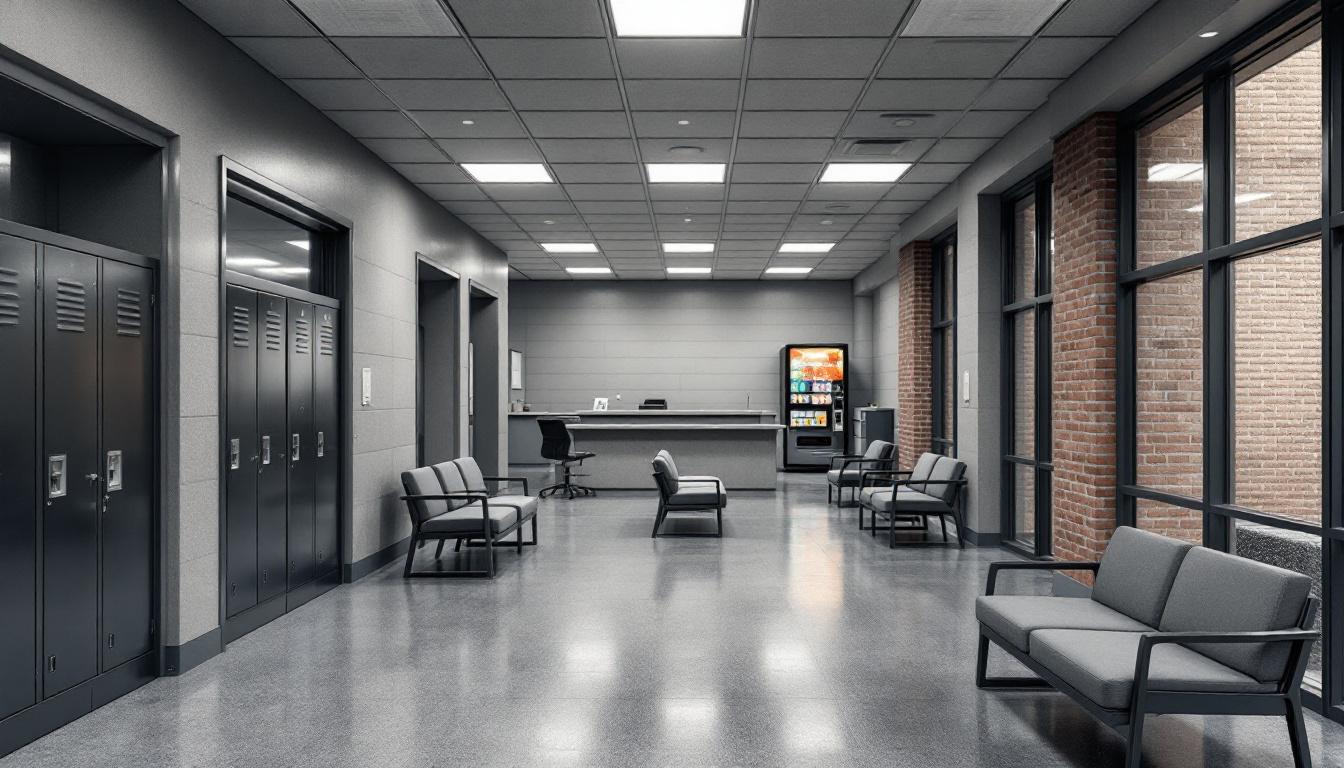
Family connections and community bonds remain vital lifelines for those incarcerated at Clearwater County Jail, where maintaining relationships with loved ones forms a cornerstone of the daily experience. At present, the facility actively structures routines that balance security requirements with opportunities for meaningful social interaction, allowing residents to participate in communal activities that foster a sense of shared purpose. The daily schedule typically begins with early morning counts and meal service, followed by structured periods that may include work assignments, educational programming, or recreational activities that encourage positive peer relationships and personal development.
Moreover, living accommodations generally consist of shared housing units where those incarcerated reside in dormitory-style settings or smaller cells, depending on classification levels and available space. These arrangements often facilitate natural social interactions throughout the day, as residents navigate shared common areas, dining facilities, and recreational spaces. Meals are typically served in communal dining areas where conversation and social connection occur naturally, while the commissary system allows individuals to purchase personal items and sometimes share resources with fellow residents, creating informal support networks within the facility.
Whereas security protocols necessarily govern daily movements, the facility typically furnishes various opportunities for those incarcerated to maintain crucial outside connections through scheduled visitation periods, telephone access, and correspondence privileges. Work assignments within the facility often include kitchen duties, maintenance tasks, and cleaning responsibilities that provide structure while fostering teamwork and skill development. Recreational programming may encompass television viewing in common areas, outdoor exercise periods when weather permits, and organized activities that encourage positive social engagement, helping residents maintain their sense of community and prepare for eventual reintegration with their families and broader social networks.
Ready to Connect?
Start communicating with your loved one today
Search for an Inmate

